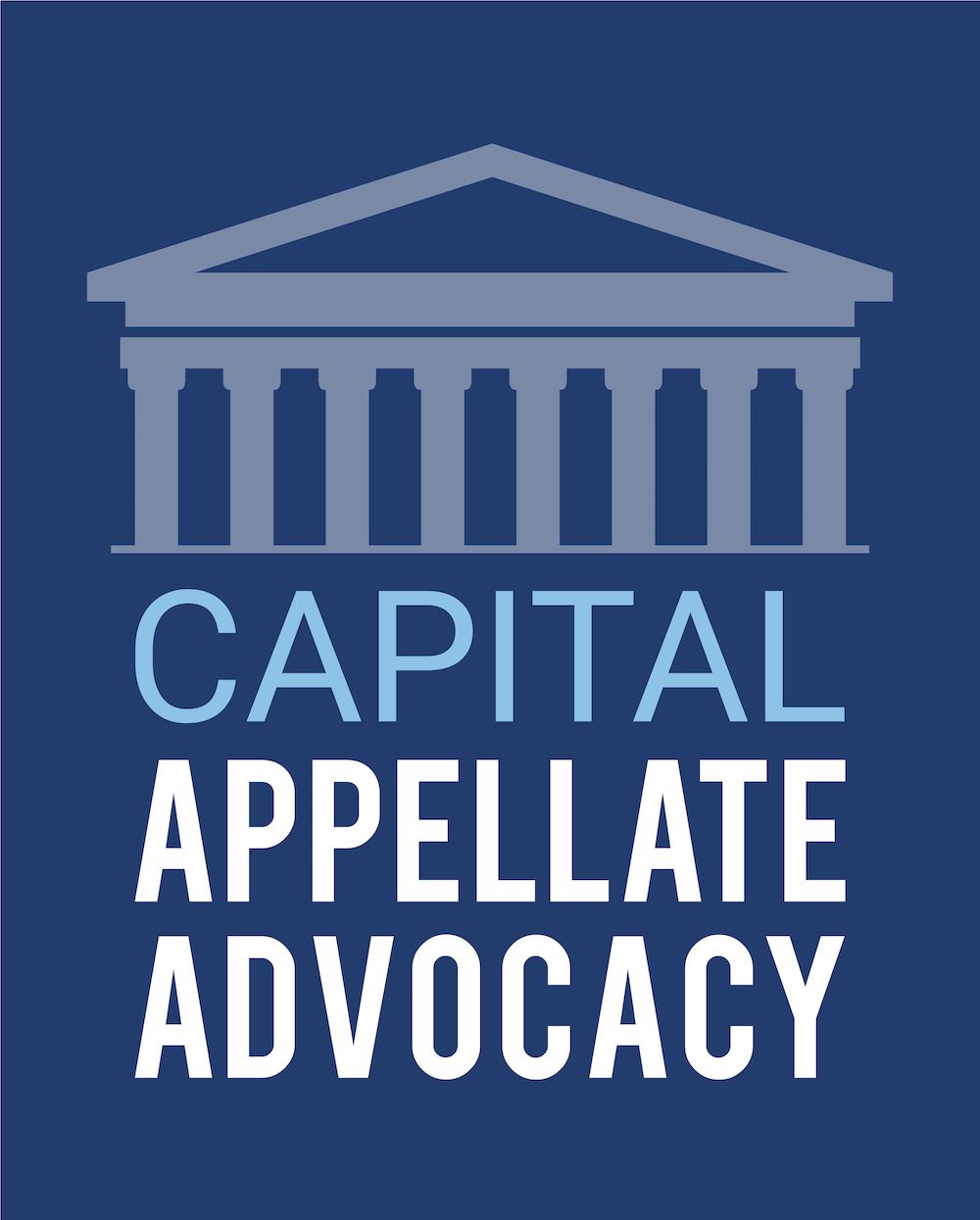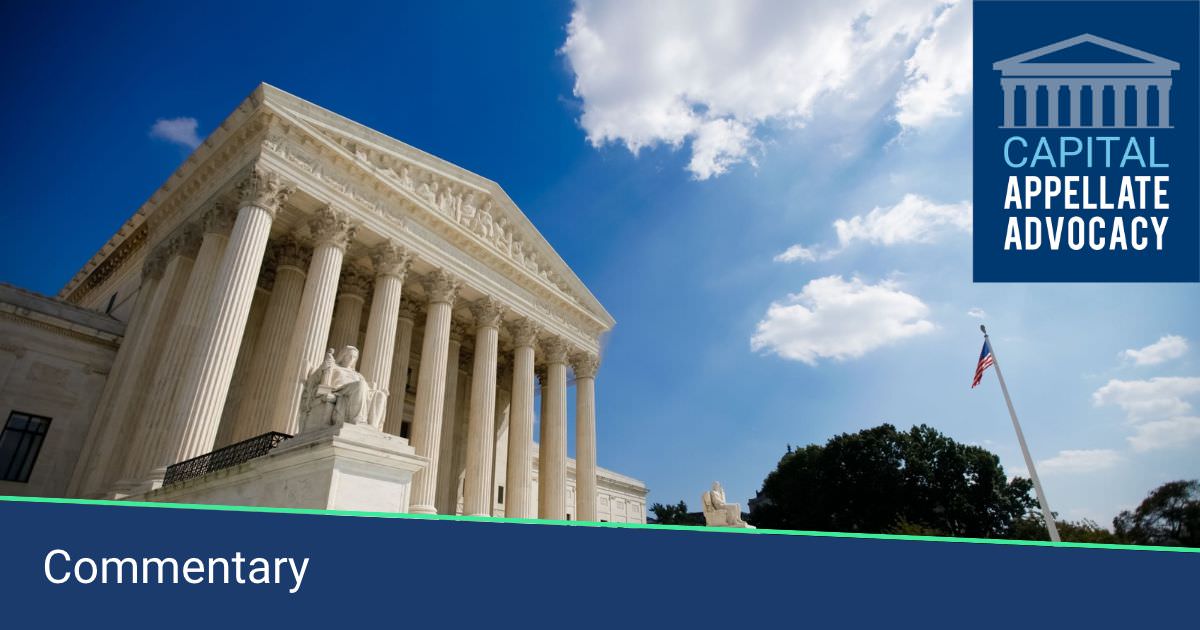I’ve previously written about Justice Kavanaugh’s and Justice Gorsuch’s brilliant legal writing styles. For example, in Newest Justices’ Dueling Opinions Sparkle (For The Defense, June 2019), I describe how they squared off last March, writing the majority and dissenting opinions, respectively, in Air & Liquid Systems Corp. v. Devries, No. 17-1104 (6-3 decision rejecting the “bare metal defense” in maritime asbestos tort suits). See also Justice Gorsuch’s Exciting First Opinion; Justice Kavanaugh’s Debut Supreme Court Opinion .
Now those newest (and youngest) Justices have butted judicial heads again, with Justice Kavanaugh again writing the majority opinion and Justice Gorsuch the dissent in the colorfully named Apple Inc. v. Pepper, No. 17-204 (May 13, 2019). It’s an antitrust case, but not about the Beatles.
Justice Kavanaugh begins by explaining – in terms anyone can understand – what the case is about:
The issue in the case is whether the consumers are “direct purchasers” from Apple, and thus, under the Court’s precedent, Illinois Brick Co. v. Illinois, 431 U.S. 720 (1977), are able to sue Apple under the antitrust laws. In Illinois Brick, the Court established the “bright-line rule” that direct purchasers, but not indirect purchasers, can sue alleged antitrust violators. See Slip op. at 3. The majority’s answer is yes, App Store purchasers are direct purchasers for antitrust purposes, but was careful not to opine on the merits of the consumers’ antitrust allegations, since the litigation is still in the early-pleadings stage.
The straight-forward majority opinion describes how Apple collects a $99 annual membership fee from millions of app developers, and a 30% commission on every App Store sale, and sets prices only to the extent that every app developer’s price must end in 99 cents (e.g., $0.99; $2.99; $9.99). Id. at 2. “Apple’s theory is that Illinois Brick allows consumers to sue only the party who sets the retail price, whether or not that party sells the good or service directly to the complaining party.” Id. at 7. The majority opinion rejects Apple’s contention that App Store consumers are not direct purchasers from Apple, and thus Apple’s attempt to “transform the ‘direct purchaser rule’ into “a ‘who-sets-the-price’ rule.” Id. at 11.
Explaining that the majority opinion “exalts form over substance,” Justice Gorsuch’s dissent extensively discusses Illinois Brick, the precedent which he believes controls the issue. Dissent at 8. According to Justice Gorsuch, the majority “recast[s] Illinois Brick as a rule forbidding only suits where the plaintiff does not contract directly with the defendant. This replaces a rule of proximate cause and economic reality with an easily manipulated and formalistic rule of contractual privity. That’s not how antitrust law is supposed to work, and it’s an uncharitable way of treating a precedent which— whatever its flaws—is far more sensible than the rule the Court installs in its place.” Id. at 1.
Thus, Justice Gorsuch laments that “[t]he Court today risks replacing a cogent rule about proximate cause with a pointless and easily evaded imposter. We do not usually read our own precedents so uncharitably. . . . [t]he Court displaces a sensible rule in favor of a senseless one.” Id. at 9.
Like other Kavanaugh and Gorsuch opinions, the organization and style of both the majority and dissenting opinions in Apple Inc. v. Pepper are worth reading by anyone interested in stellar legal writing and analysis, and respectful judicial debate.

